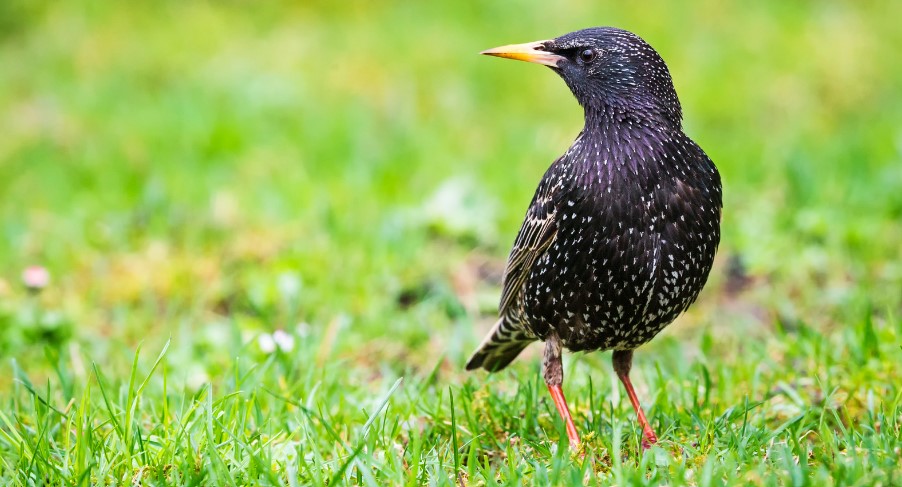Having a garden filled with vibrant flowers, lush greenery, and cheerful wildlife is a dream for many. However, if you’ve ever had an unwanted flock of starlings invade your garden, you’ll know that these birds can quickly turn your dream garden into a noisy, messy nightmare. Starlings are notorious for their aggressive behaviour, noisy chatter, and the damage they can inflict on your garden. In this article, we’ll explore effective strategies to get rid of starlings and protect your garden from their disruptive presence.
How Do I Get Rid of Starlings in My Garden?
Starlings, also known as common starlings (Sturnus vulgaris), are medium-sized birds characterized by their iridescent black plumage with white speckles. Originally native to Europe, where they have thrived and become a common sight. Starlings are notorious for their large flocks and intrusive behaviour, which can quickly become problematic in your garden.
Limit Access to Food Sources
One of the primary reasons starlings visit gardens is the availability of food. To deter them, consider the following measures:
- Secure Bird Feeders: Use starling-proof feeders designed with mechanisms that prevent larger birds from accessing the seeds.
- Clean Up Spills: Regularly clean up spilt birdseed to remove the attractant for starlings and other pests.
- Netting and Covers: Cover fruit trees and vegetable plants with netting to prevent starlings from feasting on your harvest.
Modify Garden Structures
Making your garden less inviting for starlings can discourage their presence:
- Roosting Prevention: Starlings tend to roost in trees and buildings. Install bird spikes or nets on roosting sites to discourage them from settling.
- Seal Entry Points: Close off any openings or gaps in sheds, barns, or other structures where starlings might nest.
Visual and Auditory Deterrents
Starlings are wary of predators, so using visual and auditory deterrents can help keep them away:
- Scare Tactics: Hang reflective objects like aluminium foil strips or CDs around your garden. Also, consider using scarecrows to deter starlings.
- Ultrasonic Devices: Ultrasonic devices emit high-frequency sounds that are unpleasant to starlings, encouraging them to find a quieter spot.
Natural Predators
Introducing natural predators can help control the starling population in your area:
- Birds of Prey: Encourage natural predators like owls and hawks by installing perches or nesting boxes. These birds will help keep the starling population in check.
- Domestic Pets: Well-trained cats and dogs can deter starlings from frequenting your garden.
Legal and Humane Methods
It’s crucial to adhere to local regulations and humane methods when dealing with starlings:
- Consult Professionals: If the starling problem persists, consider consulting pest control professionals who can provide effective and ethical solutions like bird-proofing methods.
- Legal Protections: Be aware that starlings are protected under the Migratory Bird Treaty Act in the United Kingdom. Ensure you are complying with regulations when addressing the issue.
Conclusion
While starlings can pose a challenge to gardeners, employing a combination of these strategies can help you reclaim your outdoor space. By limiting access to food, modifying garden structures, using visual and auditory deterrents, introducing natural predators, and with the help of pest control services, you can enjoy a garden free from the disruptions caused by starlings. With persistence and the right approach, you can create a harmonious environment where both birds and humans can coexist peacefully.




